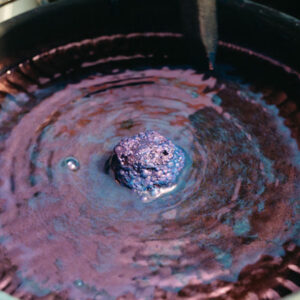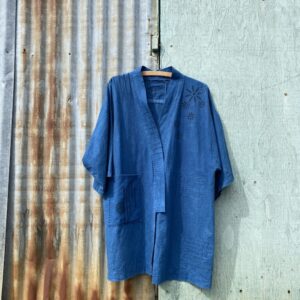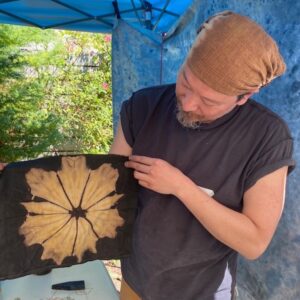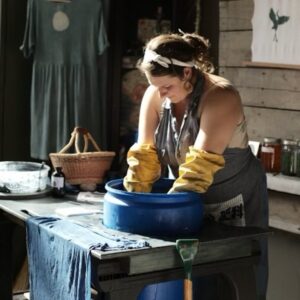SUNDAY VISIT: POPS OF COLOR WITH IAN ALLEN GREER
Every Sunday for Sunday Visit, Botanical Colors sits down for an interview with a luminary in the natural dye, textile and art world. Grab a cup of tea and settle in to learning about someone you never knew! Catch up on all our Sunday Visits here. This week we sit down with Ian Allen Greer to talk proving the world wrong with bright pops of color with natural dyes! Give us your origin story, why natural dyes – what drew you to this medium? I fell in love with the world of natural dyeing as a way to reconnect with nature. … Read more










